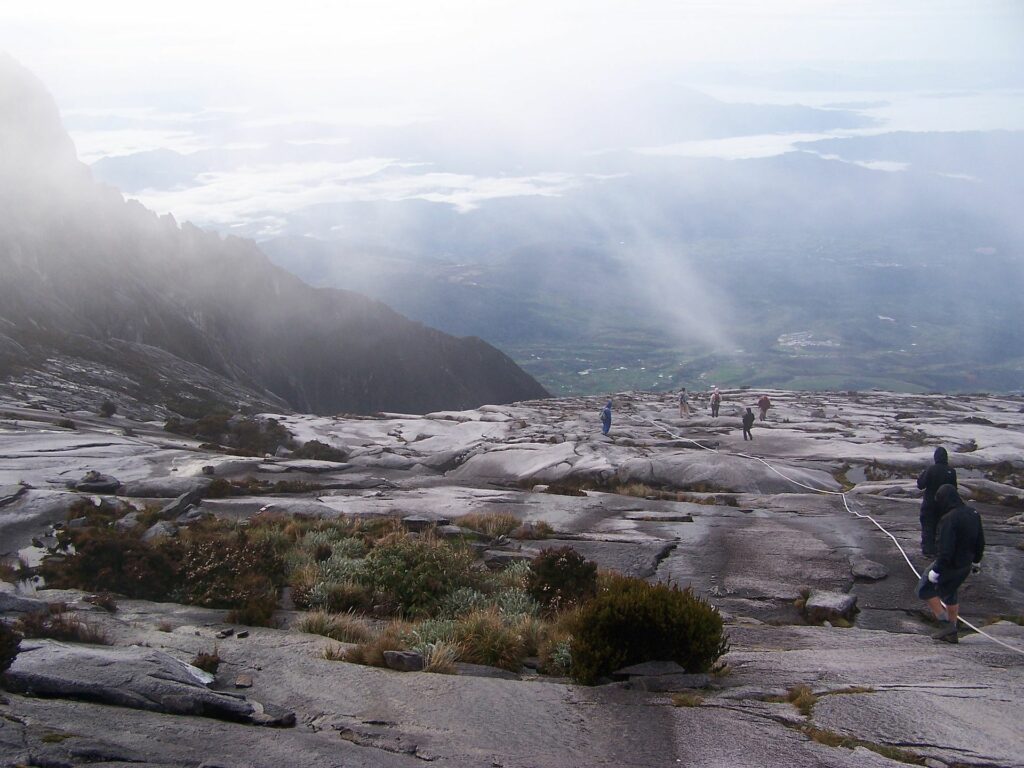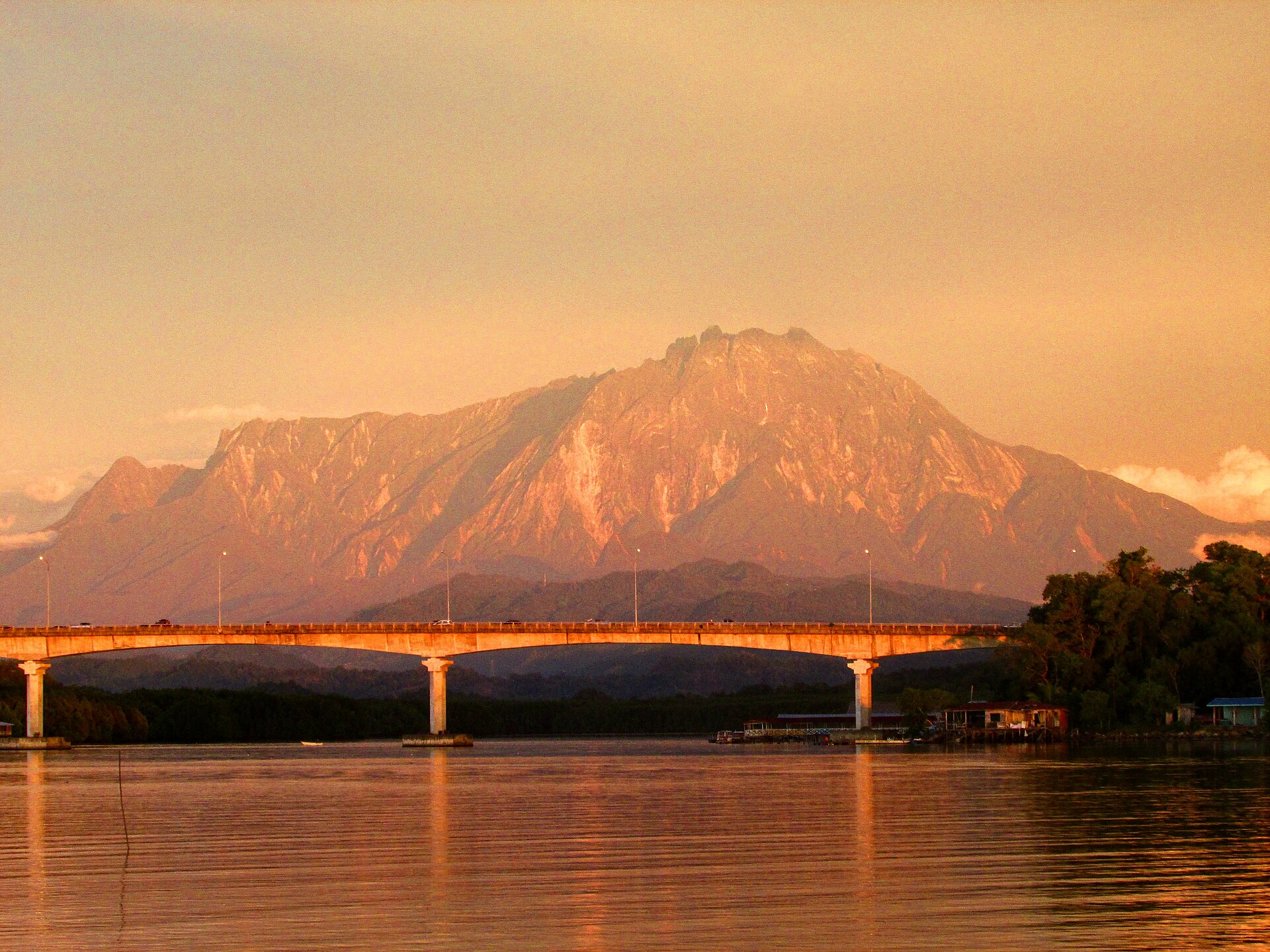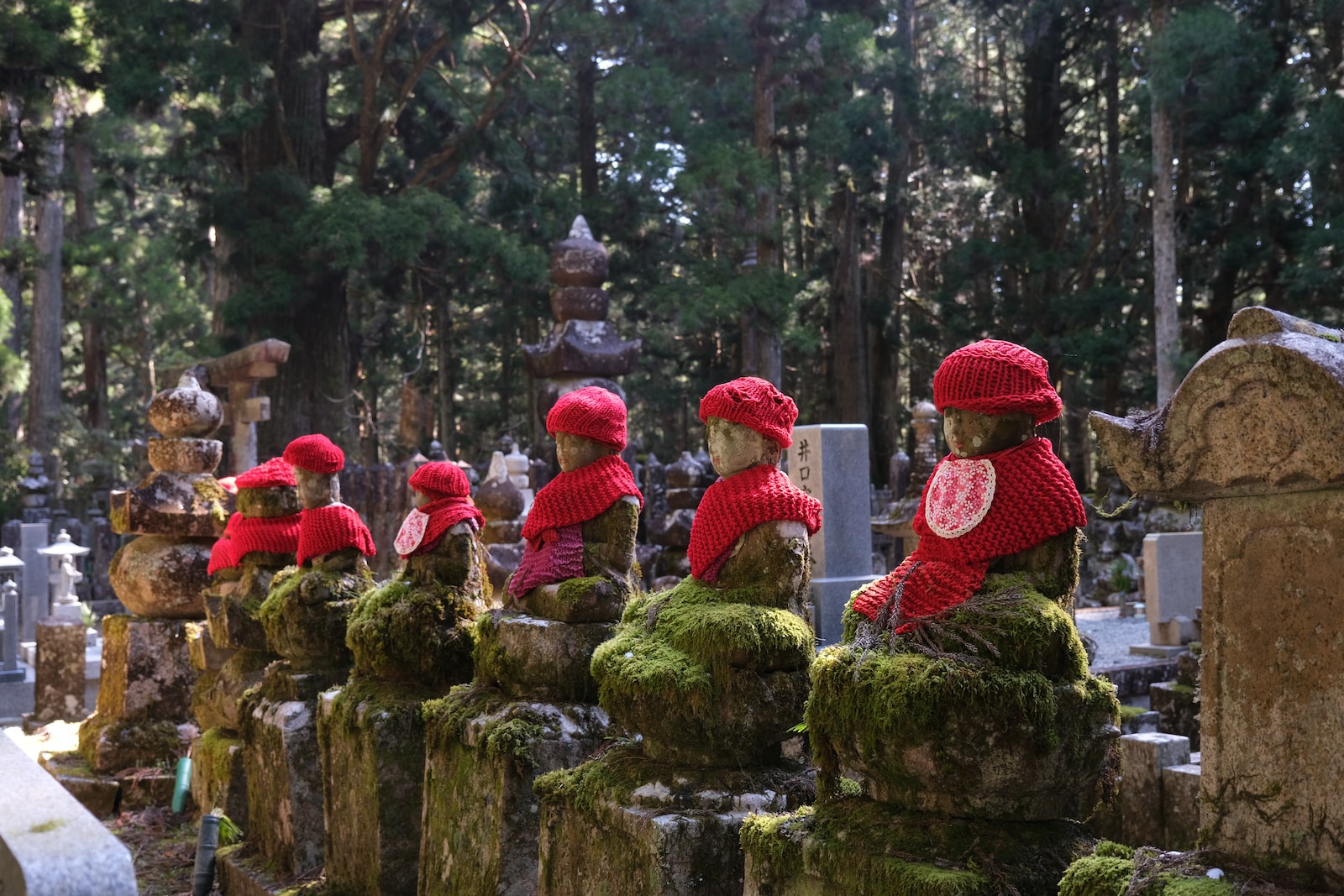Discover the awe-inspiring beauty of Mount Kinabalu, Malaysia’s majestic mountain. In this blog, we will guide you through the stunning landscapes and share essential tips for capturing breathtaking photos of this towering wonder. From the perfect camera setup to the best spots for mountain photography, get ready to embark on a visual journey like no other. Join us as we explore the breathtaking nature and unrivaled beauty of Mount Kinabalu through the lens.
Table of Contents
- Exploring the Stunning Features of Mount Kinabalu
- Choosing the Right Camera for Mountain Photography
- Choosing the Best Time to Photograph Mount Kinabalu
- Vantage Points and Positions for Mount Kinabalu
- Choosing the Right Camera Setup for Mountain Photography
- Frequently Asked Questions
- 1. What camera setup should I bring for photographing Mount Kinabalu?
- 2. Are there any photography restrictions on Mount Kinabalu?
- 3. What is the best time to photograph Mount Kinabalu?
- 4. Are there any specific photography techniques I should use?
- 5. What hiking gear should I bring for photography on Mount Kinabalu?
- 6. Are there any photography tours or workshops available for Mount Kinabalu?
- 7. Are there any photography competitions or exhibitions showcasing Mount Kinabalu?
- 8. Can I use drones for aerial photography of Mount Kinabalu?
- Wrap Up
Exploring the Stunning Features of Mount Kinabalu
As one of the highest mountains in Southeast Asia, Mount Kinabalu offers a plethora of breathtaking features that make for incredible photographs. From its majestic peak to its lush surrounding landscapes, this iconic mountain in Malaysia is a paradise for nature and photography enthusiasts alike.
The Magnificent Peak
Standing at an impressive height of 4,095 meters (13,435 feet), the summit of Mount Kinabalu offers panoramic views that are simply awe-inspiring. To capture the true beauty of this majestic peak, it is essential to plan your camera setup and choose the right lens. A wide-angle lens will allow you to capture the entire grandeur of the mountain, while a telephoto lens can help you focus on specific details such as the unique rock formations or the lush greenery that surrounds the peak.
During the sunrise and sunset hours, the peak of Mount Kinabalu becomes even more captivating, as the soft golden light bathes the landscape in a magical glow. Be sure to bring along a tripod to stabilize your camera and create crisp, sharp images.
The Enchanting Surroundings
Mount Kinabalu is not only known for its towering peak but also for its astonishing biodiversity and stunning natural surroundings. As you explore the mountain’s trails and forests, you will encounter mesmerizing waterfalls, colorful flora, and unique wildlife.
To capture the essence of the surroundings, consider using your camera’s macro mode to photograph the delicate details of the exotic plants and flowers that thrive in this ecosystem. Experiment with different angles and perspectives to create visually striking compositions.
For capturing the movement of the flowing water or creating dreamy long exposure shots of the waterfalls, bring along an ND filter. This will allow you to reduce the amount of light entering your camera, resulting in smoother and more ethereal images.
As you traverse through the mountain’s diverse terrain, keep an eye out for the fascinating wildlife that calls Mount Kinabalu home. From vibrant birds to playful monkeys, these creatures provide ample opportunities for wildlife photography. Zoom lenses with a longer focal length will come in handy when photographing elusive animals from a distance.
Remember to be respectful of the environment and the wildlife, keeping a safe distance and avoiding any disturbances that could harm their natural habitat.
By harnessing the natural beauty and diverse features of Mount Kinabalu, you can capture stunning photographs that truly encapsulate the majesty of this iconic mountain in Malaysia. Plan your camera setup, experiment with different techniques, and let your creativity soar as you immerse yourself in the awe-inspiring landscape.
Did you know that Mount Kinabalu in Malaysia is one of the most biologically diverse places on earth? It is home to over 5,000 species of plants, 326 species of birds, and a vast array of insects and animals. Exploring this majestic mountain will offer you a unique opportunity to witness nature's incredible beauty.
Choosing the Right Camera for Mountain Photography
When embarking on a journey to capture the awe-inspiring beauty of Mount Kinabalu, having the right camera setup is crucial. While any camera can capture great images, investing in a high-quality camera will enhance the results.
One option to consider is a DSLR (Digital Single-Lens Reflex) camera. With its interchangeable lenses and manual control features, a DSLR provides the versatility and creative freedom necessary for mountain photography. The Canon EOS 5D Mark IV, for example, offers an impressive 30.4-megapixel sensor, allowing for incredibly detailed photographs of Mount Kinabalu’s rugged terrain.
For those seeking a more compact option, mirrorless cameras are a popular choice. The Sony Alpha a7R III, recognized for its exceptional image quality and advanced autofocus system, is a fantastic option for capturing the dynamic landscapes of Mount Kinabalu while keeping your gear lightweight and portable.
Essential Lenses and Equipment for Mountain Photography
To truly capture the essence of Mount Kinabalu, having the right lenses and equipment is just as important as choosing the right camera. Here are some essential items to consider for your mountain photography adventure:
- Wide-angle lens: A wide-angle lens, such as the Nikon AF-S NIKKOR 14-24mm f/2.8G ED, allows you to capture the vastness and grandeur of Mount Kinabalu’s surroundings. It’s perfect for landscape shots, providing a wide field of view and dramatic perspectives.
- Telephoto lens: A telephoto lens, like the Canon EF 70-200mm f/2.8L IS III USM, is essential for capturing the finer details and distant scenes. It allows you to zoom in on specific areas of interest, such as unique rock formations or wildlife that may inhabit the mountain.
- Sturdy tripod: Mount Kinabalu offers breathtaking sunrises and sunsets, making a stable tripod an invaluable companion. Consider a tripod like the Manfrotto MT055CXPRO3 Carbon Fiber Tripod, known for its durability and stability, even in rough terrain.
- Neutral density filters: To achieve long-exposure shots of waterfalls or misty landscapes, neutral density (ND) filters are essential. They help reduce the amount of light entering the lens, allowing for longer exposures without overexposing the image.
- Camera backpack: You’ll want to keep your equipment safe and easily accessible during your hike. A camera backpack like the Lowepro ProTactic 450 AW provides ample storage space and protection for your gear, while still remaining comfortable for long treks.
By investing in the right camera and equipment, you’ll be well-equipped to capture the awe-inspiring beauty of Mount Kinabalu and bring back stunning photographs that truly showcase its majesty.
Considering your specific needs and preferences, select the camera setup that best suits your style of photography, ensuring you can capture every breathtaking moment during your adventure on Mount Kinabalu.

Choosing the Best Time to Photograph Mount Kinabalu
Timing is crucial when it comes to capturing the true essence and beauty of Mount Kinabalu. The weather conditions, lighting, and overall atmosphere greatly impact your photographs. The best time to photograph this majestic mountain is during the dry season, which typically runs from March to October. During these months, you can expect clearer skies and better visibility, resulting in stunning and more vibrant images.
Early morning and late afternoon present ideal moments to capture breathtaking shots of Mount Kinabalu. In the early morning, you can capture the magical moments of sunrise, with the warm hues of dawn casting a golden glow on the mountain’s peaks. In the late afternoon, the soft light of the setting sun can create a dramatic ambiance, casting long shadows and enhancing the textures of the landscape.
Vantage Points and Positions for Mount Kinabalu
Positioning yourself in the right spot is crucial for capturing the best photographs of Mount Kinabalu. Here are some popular vantage points and positions:
- Timpohon Gate: This is the starting point for climbers and offers a unique perspective on the mountain. From here, you can capture the vastness of the surrounding rainforest and the imposing presence of Mount Kinabalu in the distance.
- Kundasang War Memorial: This historical site not only provides a glimpse into Malaysia’s past but also offers a stunning view of Mount Kinabalu. The well-maintained gardens and serene environment make it an excellent spot for landscape photography.
- Liwagu Trail: This trail takes you through the beautiful Kinabalu National Park, offering various viewpoints along the way. The Liwagu River and the lush vegetation create a picturesque foreground, while the mountain towers above, providing a majestic backdrop.
Aside from these popular locations, consider exploring lesser-known areas to discover your own unique vantage points. Experimenting with different angles, perspectives, and compositions will allow you to create more captivating and original photographs.
Remember, safety should always be a priority while navigating the mountain. Stay on designated trails and lookout points to avoid any risks or harm.
Choosing the Right Camera Setup for Mountain Photography
Now that you know the best time and vantage points for photographing Mount Kinabalu, let’s talk about the camera setup that will help you capture stunning images.
1. Wide-angle lens: A wide-angle lens, such as a 16-35mm or 10-24mm, is essential for capturing the full grandeur of Mount Kinabalu and its surrounding landscape. It allows you to include more of the scene in your frame, emphasizing the mountain’s size and scale.
2. Tripod: Mount Kinabalu offers breathtaking vistas that deserve to be captured with utmost sharpness and detail. A sturdy tripod will help you achieve stability, especially during long-exposure shots or when photographing during low-light conditions.
3. Filters: Consider using a polarizing filter to enhance the colors and reduce glare, especially when capturing photos of the mountain against a clear blue sky or reflective surfaces like water. Additionally, a neutral density (ND) filter can be helpful when photographing waterfalls or other scenes with intense sunlight, allowing you to achieve longer exposure times.
4. Remote shutter release: Utilizing a remote shutter release will help minimize camera shake and ensure sharp images, particularly when using longer shutter speeds or during timed exposures.
Remember to pack spare batteries and memory cards, as the cold temperatures and remote nature of Mount Kinabalu may limit access to charging and backup options.
One helpful tip for photographing Mount Kinabalu is to use a wide-angle lens to capture the vastness and grandeur of the mountain. This will allow you to include the surrounding landscape and give a sense of scale to your photos. Experiment with different angles and compositions to create stunning shots of this majestic peak.
Frequently Asked Questions
1. What camera setup should I bring for photographing Mount Kinabalu?
To capture the breathtaking beauty of Mount Kinabalu, it is recommended to bring a DSLR or mirrorless camera with a wide-angle lens. A tripod and a remote shutter release will also be handy for long-exposure shots.
2. Are there any photography restrictions on Mount Kinabalu?
Yes, there are certain areas on Mount Kinabalu where photography is restricted, especially in sensitive ecological zones. It is important to respect and follow any signage or guidelines provided by park authorities to protect the environment.
3. What is the best time to photograph Mount Kinabalu?
The best time to capture stunning photos of Mount Kinabalu is during sunrise and sunset, when the soft golden light bathes the mountain in a magical glow. Consider checking the weather forecast beforehand to plan your photography expedition.
4. Are there any specific photography techniques I should use?
To enhance your mountain photography, try using the rule of thirds to compose your shots. Experiment with different angles and perspectives to showcase the grandeur of Mount Kinabalu. Don’t forget to include elements of nature and the surrounding landscape to add depth to your images.
5. What hiking gear should I bring for photography on Mount Kinabalu?
In addition to your photography equipment, it is essential to pack appropriate hiking gear such as sturdy hiking boots, layered clothing, a hat, sunscreen, and a rain jacket. Consider bringing snacks and water to keep yourself energized during the hike.
6. Are there any photography tours or workshops available for Mount Kinabalu?
Yes, there are photography tours and workshops available that specifically cater to capturing the beauty of Mount Kinabalu. These guided tours provide valuable insights, tips, and techniques to help you make the most out of your photography experience.
7. Are there any photography competitions or exhibitions showcasing Mount Kinabalu?
Periodically, there are photography competitions and exhibitions held that focus on Mount Kinabalu and its stunning landscapes. Keep an eye out for such events as they can provide a great platform to showcase your photography skills and connect with like-minded individuals.
8. Can I use drones for aerial photography of Mount Kinabalu?
Drone usage is regulated in the area surrounding Mount Kinabalu. Please check with the local authorities or park management for the latest rules and guidelines regarding drone usage before planning any aerial photography activities.
Wrap Up
In conclusion, Mount Kinabalu in Malaysia is a photographer’s paradise, offering breathtaking landscapes and endless opportunities for capturing stunning images. By following these photography tips and camera setup suggestions, you’ll be able to elevate your mountain photography skills and capture the majestic beauty of Kinabalu.
Whether you’re an experienced photographer or just starting out, don’t miss the chance to explore this awe-inspiring peak. Remember to plan ahead, pack the right gear, and embrace the natural wonders that Mount Kinabalu has to offer.
We hope this guide has inspired you to embark on a photography adventure in Malaysia’s majestic mountain. Share your experiences and photographs in the comments below. Engage with other readers, exchange tips, and let us know if you found this guide helpful. Happy shooting!



